Hindi print has seen 9% CAGR growth in the last 10 years: Kaacon Sethi
Dainik Bhaskar has put up another year of strong show garnering Total Readership (TR) of 51,405,000 as per data released by MRUC for IRS 2019 Q1. The Hindi newspaper had secured TR of 45,105,000 in IRS 2017. Dainik Bhaskar is the third most read Hindi newspaper after Dainik Jagran and Hindustan.
According to Kaacon Sethi, Chief Corporate Marketing Officer, Dainik Bhaskar Group, while the overall Total Readership of Hindi publications has grown by 93.27 lakh readers, Dainik Bhaskar Group is the torch bearer amongst Hindi newspapers, adding 63.55 lakh readers, which is the highest amongst the Hindi dailies. The IRS data shows various parameters of readership growth, such as Total Readership (30 days), readership in 7 days and Average Issue Readership (AIR), age-wise, income-wise, urban and rural readership, etc. and it is seen that print has been registering growth among all parameters.
This growth has been heartening to see in the digital era, as Sethi pointed out there are two metrics available for Print – Audit Bureau Circulation (ABC) and Indian Readership Survey (IRS). “If you look at the latest ABC and IRS numbers, print has been witnessing sustained and consistent growth. Overall, print has registered almost 5 per cent CAGR growth in circulation numbers in the last 10 years, while Hindi print has registered around 9 per cent growth during the same period, and the same is complemented by readership numbers recently announced by IRS.”
Speaking on the factors driving print’s growth today, Sethi elucidated, “There is a difference in lifestyle and business models in the West and in India. In India, the population growth, growth in literacy level, and more disposable income are firing readership habits. There is a huge headroom available for print to register a consistent and persistence growth as only 30 per cent of the people who can read are reading the newspaper. In Tier 2 -3 markets, where a major part of the population resides, people have sufficient time to read newspapers. Further, in India the cost of a newspaper is a mere $1.50 per month, while the distribution cost is nil. Moreover, reading of newspapers in India is considered as a good habit amongst Indian families.”
With such growth potential, it comes as no surprise that large advertising categories – Auto, Education, lifestyle, FMCG, Real Estate, and BFSI – continue to use print to deliver performance. “These brands and advertisers use both print/ digital to meet their brand, marketing and media objectives,” Sethi noted.
Commenting on her publication’s performance, she said, “Dainik Bhaskar Group stands out as a leader in the Print industry (IRS: AIR - Urban- M+ V, Excluding financial dailies). This significant growth has come from our legacy markets of Madhya Pradesh-Chhattisgarh, Rajasthan, Haryana, Punjab, Gujarat, Chandigarh and newer market of Bihar.”
A large part of Dainik Bhaskar’s growth has been propelled by the significant investments made in infrastructure, newsroom, technology and various international media tie-ups in order to provide its reader with the most updated, credible content and knowledge. “Our motto of journalism is “Kendra Mein Pathak”, which means keeping the readers at the core for all our activities,” Sethi said.
Along with growth in the print medium, newspapers are also seeing growth in readership of their online editions. Commenting on this, she said, “90 per cent of India’s population resides in Tier 2-3 markets, where their lifestyle allows them a good 2- 3 hours in the morning to go through the complete set of newspaper reading. Thus, from 6.30 am to 9 am, the newspaper becomes a significant part of their lives as a most credible conveyor of news. However, after reaching office if they still wish to get themselves updated about various happenings around the world, they use the digital platforms for the same.”
She believes that there is headroom for both print and digital to grow and added, “We believe that print and digital readership of news will co-exist.”
While TV news channels have seen a growth in ad revenues during this Election season, has the print medium seen a similar growth surge? According to Sethi, “Even though we get election campaign funds for political advertising during the election period, the same is nullified against stoppage of government advertising due to imposition of model code of conduct.”







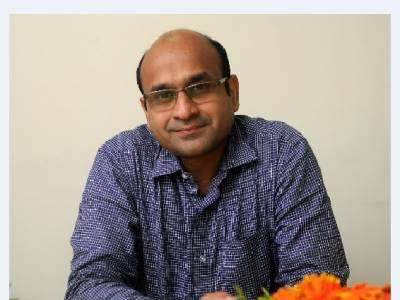



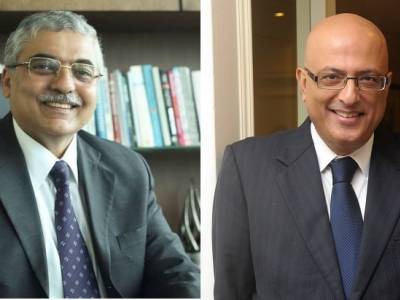
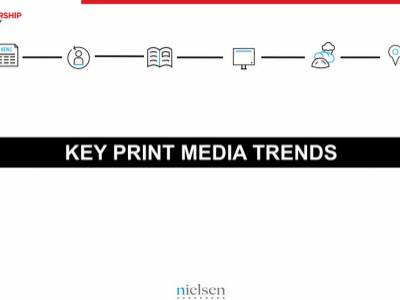
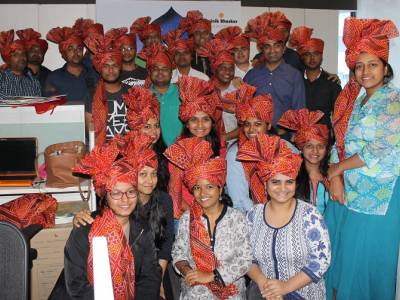

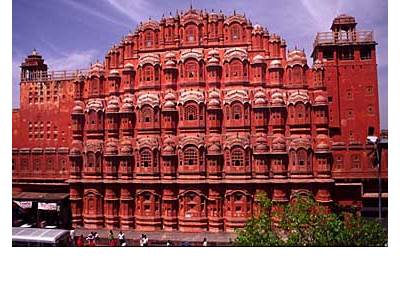
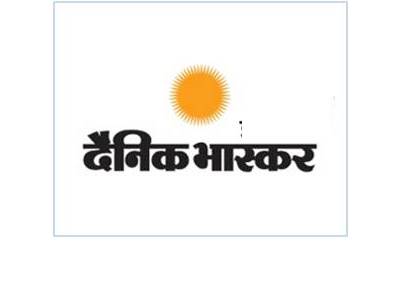




Share
Facebook
YouTube
Tweet
Twitter
LinkedIn